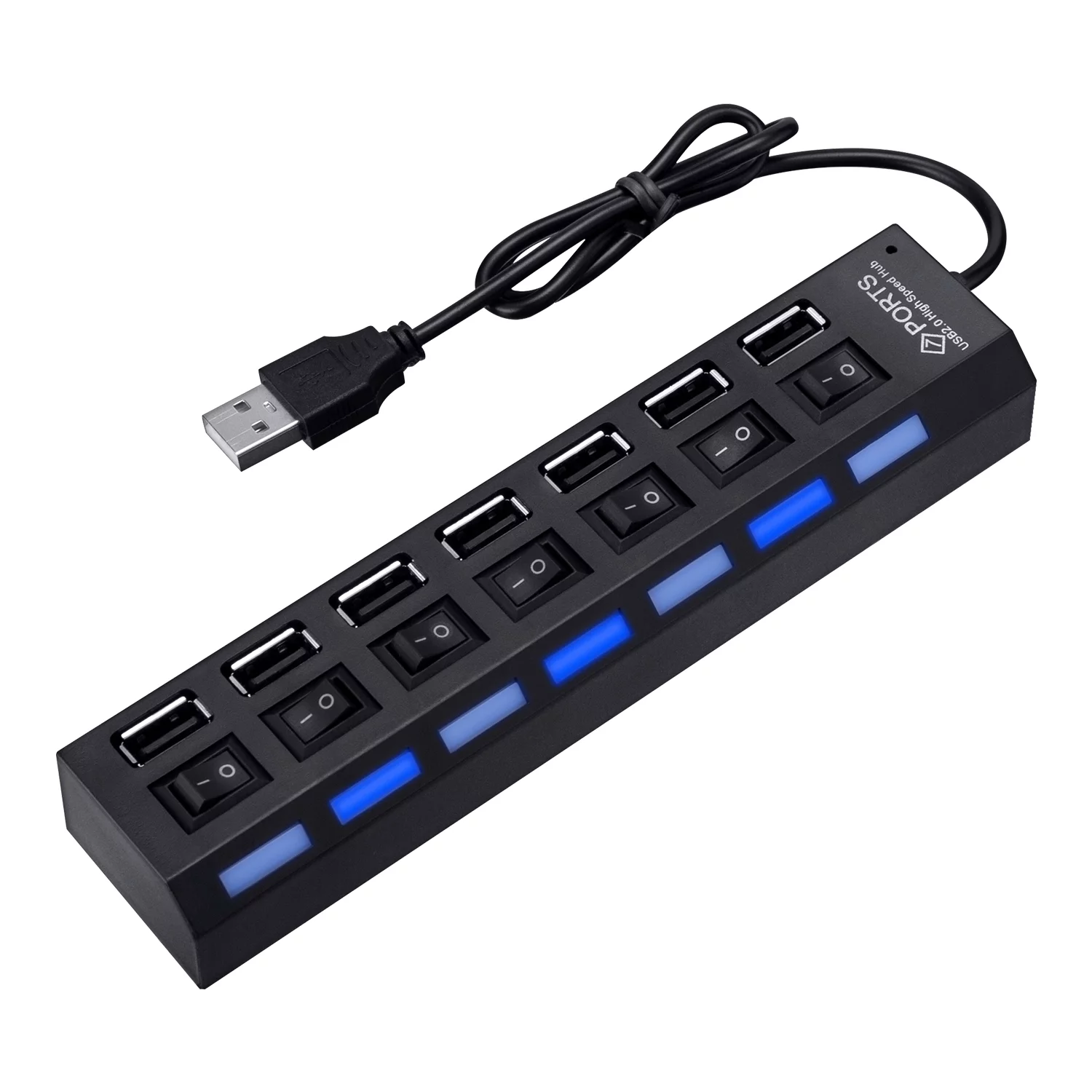

Articles
How To Use Usb Adapter
Modified: January 8, 2024
Learn how to use USB adapters in these informative articles. Find step-by-step guides, troubleshooting tips, and more. Become a pro at connecting devices.
(Many of the links in this article redirect to a specific reviewed product. Your purchase of these products through affiliate links helps to generate commission for Storables.com, at no extra cost. Learn more)
Introduction
In our increasingly digital world, the need for connectivity and convenience has become paramount. Many devices, such as laptops, smartphones, and tablets, rely on USB (Universal Serial Bus) ports to transfer data and provide power. But what happens when you have a device that doesn’t have a USB port? That’s where USB adapters come in.
USB adapters are small, portable devices that allow you to connect devices with different types of ports to a USB port. They act as a bridge, enabling compatibility and expanding the functionality of your devices. Whether you need to connect a keyboard, a printer, or even a game controller, USB adapters can make it possible. They provide a simple and affordable solution to connect devices that would otherwise be incompatible.
Key Takeaways:
- USB adapters are versatile, portable, and user-friendly devices that bridge the gap between different ports, offering increased connectivity, easy compatibility, and enhanced functionality for a seamless user experience.
- When choosing a USB adapter, consider port type, functionality, compatibility, quality, and budget to ensure a seamless connection and optimal performance between devices and peripherals. Troubleshooting common issues can help resolve connectivity challenges and ensure a smooth user experience.
Read more: How To Use Usb Ethernet Adapter
What is a USB Adapter?
A USB adapter is a device that allows you to connect devices with different types of ports to a USB port. It acts as a connector, making it possible for devices to communicate and function together. Essentially, it converts one type of connector into another, expanding the versatility of your devices.
USB adapters come in various forms and sizes, designed to accommodate different types of ports and devices. They can convert USB Type-A ports to USB Type-C, HDMI ports to USB, or VGA ports to USB, just to name a few examples. With a USB adapter, you can connect devices with different interfaces, enabling data transfer, charging, or even video output.
One of the key features of USB adapters is their plug-and-play functionality. This means that once you connect the adapter to your device, it is automatically recognized and ready to use. There is no need for complex software installations or device configurations. Simply plug in the adapter, and you’re good to go. This makes USB adapters incredibly convenient and user-friendly.
Another advantage of USB adapters is their portability. Most USB adapters are small and lightweight, making them easy to carry around in your laptop bag or pocket. This means that you can have access to a wide range of connectivity options wherever you go. Whether you’re traveling for work or just want to connect devices at a friend’s house, USB adapters provide a convenient solution.
It’s important to note that USB adapters are not limited to creating connections between different types of ports. They can also provide additional functionality. For example, there are USB Wi-Fi adapters that can add wireless connectivity to devices that don’t have built-in Wi-Fi capabilities. Similarly, there are USB audio adapters that can enhance the audio output of your device.
Overall, USB adapters are versatile and practical devices that enhance the compatibility and functionality of your devices. Whether you need to connect a device with a different port, add wireless connectivity, or improve audio output, a USB adapter can provide the solution. With their ease of use and portability, they are an essential tool for anyone seeking to expand the capabilities of their devices.
Different Types of USB Adapters
USB adapters come in various types, each designed to accommodate different ports and devices. Here are some of the most common types of USB adapters available:
- USB Type-A to USB Type-C Adapter: This type of adapter allows you to connect a device with a USB Type-C port to a device with a USB Type-A port. It is commonly used to connect newer smartphones, tablets, or laptops to older devices or accessories that have a USB Type-A port.
- HDMI to USB Adapter: This adapter enables you to connect an HDMI device, such as a laptop or gaming console, to a USB port. It allows you to mirror or extend your screen to a larger display, making it ideal for presentations or watching movies on a TV.
- VGA to USB Adapter: A VGA to USB adapter allows you to connect a VGA device, such as a monitor or projector, to a USB port. It converts the VGA signal into a digital format, allowing you to display the content from your device on a VGA display.
- Ethernet to USB Adapter: This adapter allows you to connect devices without built-in Ethernet ports, such as laptops or tablets, to an Ethernet network. It provides a reliable and stable internet connection, especially in situations where Wi-Fi is not available or the signal is weak.
- USB to Audio Adapter: Also known as a sound card adapter, this type of USB adapter allows you to connect headphones, microphones, or speakers to a USB port. It provides improved audio quality and can be particularly useful for devices that don’t have a dedicated audio port.
These are just a few examples of the different types of USB adapters available. There are many more options out there to suit your specific needs. It’s important to research and identify the type of adapter that is compatible with your devices and the functionalities you require.
Benefits of Using USB Adapters
USB adapters offer a range of benefits that enhance the functionality and versatility of your devices. Here are some advantages of using USB adapters:
- Increased Connectivity: USB adapters allow you to connect devices with different ports, expanding the connectivity options for your devices. Whether you need to connect a USB device to an HDMI port or a VGA device to a USB port, adapters provide the bridge to make it possible.
- Easy Compatibility: USB adapters simplify the process of connecting devices with varying ports. They eliminate the need for complex setup or configuration and provide a seamless plug-and-play experience. This makes them user-friendly for individuals with limited technical knowledge.
- Portability: USB adapters are compact and portable, making them convenient to carry around. They can easily fit into a laptop bag or pocket, allowing you to have access to a wide range of connectivity options wherever you go. This is particularly beneficial for frequent travelers or individuals who work remotely.
- Cost-effective: USB adapters are an affordable solution compared to purchasing new devices with compatible ports. Rather than investing in expensive equipment, you can simply use an adapter to connect your existing devices together. This saves you money while still achieving the desired connectivity.
- Functionality Expansion: USB adapters not only bridge the gap between different ports, but they can also add functionality to your devices. For example, a USB audio adapter can improve the audio quality of your laptop or tablet, while a USB Wi-Fi adapter can add wireless connectivity to a device that lacks it.
- Flexibility: With USB adapters, you are not limited by the ports available on your devices. You can easily connect a wide range of peripherals, such as external hard drives, keyboards, mice, and printers, to your devices. This flexibility allows you to maximize the functionality and productivity of your devices.
These benefits highlight the value and convenience that USB adapters bring to users. They simplify connectivity, expand functionalities, and provide a cost-effective solution for individuals who want to connect devices with different ports. With USB adapters, you can unlock the full potential of your devices and enjoy a seamless and enhanced user experience.
When using a USB adapter, make sure to check the power requirements of the device you are connecting to ensure the adapter can provide enough power. Always use a high-quality adapter to avoid potential damage to your devices.
Choosing the Right USB Adapter for Your Device
When selecting a USB adapter for your device, it’s important to consider a few factors to ensure compatibility and functionality. Here are some key considerations to keep in mind:
- Port Type: Identify the ports available on your device and the ports you need to connect. USB adapters come in various types, such as USB Type-A, USB Type-C, HDMI, VGA, Ethernet, and more. Ensure that the adapter you choose has the appropriate connectors to match the ports on your devices.
- Functionality: Determine the specific functionality you require from the USB adapter. Do you need to connect to external displays, add audio capabilities, or expand networking options? Different adapters serve different purposes, so choose one that suits your needs.
- Compatibility: Check for device compatibility before purchasing a USB adapter. Some adapters may be designed for specific devices or operating systems. Make sure the adapter you choose is compatible with your device to avoid any compatibility issues or functionality limitations.
- Quality and Reviews: Look for high-quality USB adapters from reputable brands. Reading customer reviews and checking ratings can provide valuable insights into the performance and reliability of the adapter. It’s always a good idea to choose adapters that have positive feedback from users.
- Cable Length and Design: Consider the length of the adapter’s cable if it is necessary for your setup. Longer cables provide more flexibility in positioning your devices. Additionally, consider the design and build quality of the adapter to ensure durability and longevity.
- Budget: Determine your budget for the USB adapter. USB adapters are available at various price points, so it’s important to define your budget range. However, keep in mind that it’s worth investing in a reliable and durable adapter that will provide long-term functionality.
Taking these factors into account will help you choose the right USB adapter for your device. Be sure to research different options, compare their features, and read user reviews to make an informed decision. By doing so, you can ensure compatibility, functionality, and a seamless connection between your devices.
Read more: How To Use A Usb To Hdmi Adapter
How to Connect a USB Adapter to Your Device
Connecting a USB adapter to your device is a simple process that requires minimal effort. Follow these steps to successfully connect a USB adapter to your device:
- Identify the ports: First, identify the ports on both the USB adapter and your device. Ensure that you have the appropriate adapter for the ports you wish to connect. USB adapters come in various types, such as USB Type-A, USB Type-C, HDMI, VGA, Ethernet, and more.
- Insert the adapter: Plug one end of the USB adapter into the corresponding port on your device. Make sure it is securely inserted to establish a stable connection. The USB adapter should fit snugly without any force. If it feels loose, try adjusting the connection until it fits properly.
- Connect the peripheral device: Once the USB adapter is plugged in, connect the peripheral device, such as a keyboard, mouse, monitor, or printer, into the other end of the adapter. Again, ensure that the connection is secure and fits properly.
- Recognition and setup: In many cases, the device should automatically recognize the USB adapter and peripheral device, enabling them to function together. The operating system of your device may initiate a driver installation process if necessary. Follow any prompts or instructions provided to complete the setup.
- Confirm the connection: Once the setup process is complete, confirm that the peripheral device is properly connected and functioning. Ensure that it is receiving power or data, depending on the intended functionality. Test the performance of the connected device to ensure everything is working as expected.
It’s important to note that the specific steps for connecting a USB adapter may vary depending on the type of adapter and the device you are using. Always refer to the manufacturer’s instructions or user manual for detailed guidance specific to your adapter and device.
If you encounter any issues during the connection process, double-check the connections, restart the device, or consult the user manual for troubleshooting steps. In some cases, you may need to update device drivers or software to ensure compatibility and optimal performance.
By following these steps, you can easily connect a USB adapter to your device and expand its functionality by connecting various peripherals and devices.
Troubleshooting Common Issues with USB Adapters
While USB adapters are generally user-friendly and reliable, it’s not uncommon to encounter some issues during the connection or usage process. Here are some common issues you may encounter with USB adapters and troubleshooting steps to resolve them:
- Poor Connection: If your USB adapter is not securely connected or feels loose, try unplugging and reconnecting it. Ensure that it fits snugly into the port on your device. If the issue persists, try connecting the adapter to a different USB port on your device to rule out any port-related issues.
- Driver Installation Failure: If your device does not automatically install the necessary drivers for the USB adapter, check the manufacturer’s website for the latest driver updates. Download and install the appropriate driver for your operating system. Restart your device after installing the driver to ensure it takes effect.
- Incompatibility: Verify that the USB adapter is compatible with your device and operating system. If it’s not, you may need to consider purchasing a different adapter that is specifically designed for your device.
- No Device Recognition: If your device does not recognize the peripheral device connected via the USB adapter, try the following steps:
– Disconnect and reconnect the USB adapter and peripheral device.
– Restart your device and check if the device recognizes the connected peripheral device.
– Check the adapter’s compatibility with the peripheral device. It’s possible that the peripheral device requires additional drivers or software for proper recognition. - Slow Data Transfer: If you are experiencing slow data transfer speeds, ensure that you are using a high-quality USB adapter that supports fast data transfer rates. Also, check that your USB cable and the peripheral device are both compatible with the USB version supported by the adapter.
- Power Issues: If your USB adapter is unable to provide sufficient power to the connected peripheral device, try connecting the adapter to a powered USB hub. This can help overcome power limitations and ensure stable operation of the peripheral device.
If you have exhausted these troubleshooting steps and are still experiencing issues with your USB adapter, it is advisable to reach out to the manufacturer’s customer support for further assistance. They can provide specific guidance and help you resolve the issue.
Remember, it’s always a good practice to read the user manual or refer to the manufacturer’s website for any specific troubleshooting steps or known issues related to your USB adapter model.
Conclusion
USB adapters are invaluable tools that enable connectivity and expand the functionality of our devices. They provide a simple and cost-effective solution for connecting devices with different types of ports. Whether you need to connect a USB device to an HDMI port, add audio capabilities, or connect to a wired network, USB adapters can make it possible.
The benefits of using USB adapters are numerous. They offer increased connectivity options, easy compatibility, and enhanced flexibility. USB adapters are portable, user-friendly, and cost-effective, allowing you to maximize the functionality of your devices without investing in expensive equipment.
Choosing the right USB adapter involves considering factors such as port type, functionality, compatibility, quality, and budget. By doing so, you can ensure a seamless connection and optimal performance between your devices and peripherals.
While USB adapters are generally reliable, it’s important to be aware of common issues that may arise during the connection or usage process. Troubleshooting steps such as checking connections, updating drivers, and verifying compatibility can help resolve these issues and ensure a smooth experience.
In conclusion, USB adapters are essential tools for modern-day connectivity. They bridge the gap between different types of ports, enhance compatibility, and provide additional functionality. Whether you’re a student, professional, or technology enthusiast, USB adapters are a handy companion for expanding the capabilities of your devices.
Next time you encounter a device without a compatible port, remember the convenience and versatility that USB adapters offer. Embrace the world of connectivity that USB adapters provide, and unlock the full potential of your devices.
Frequently Asked Questions about How To Use Usb Adapter
Was this page helpful?
At Storables.com, we guarantee accurate and reliable information. Our content, validated by Expert Board Contributors, is crafted following stringent Editorial Policies. We're committed to providing you with well-researched, expert-backed insights for all your informational needs.
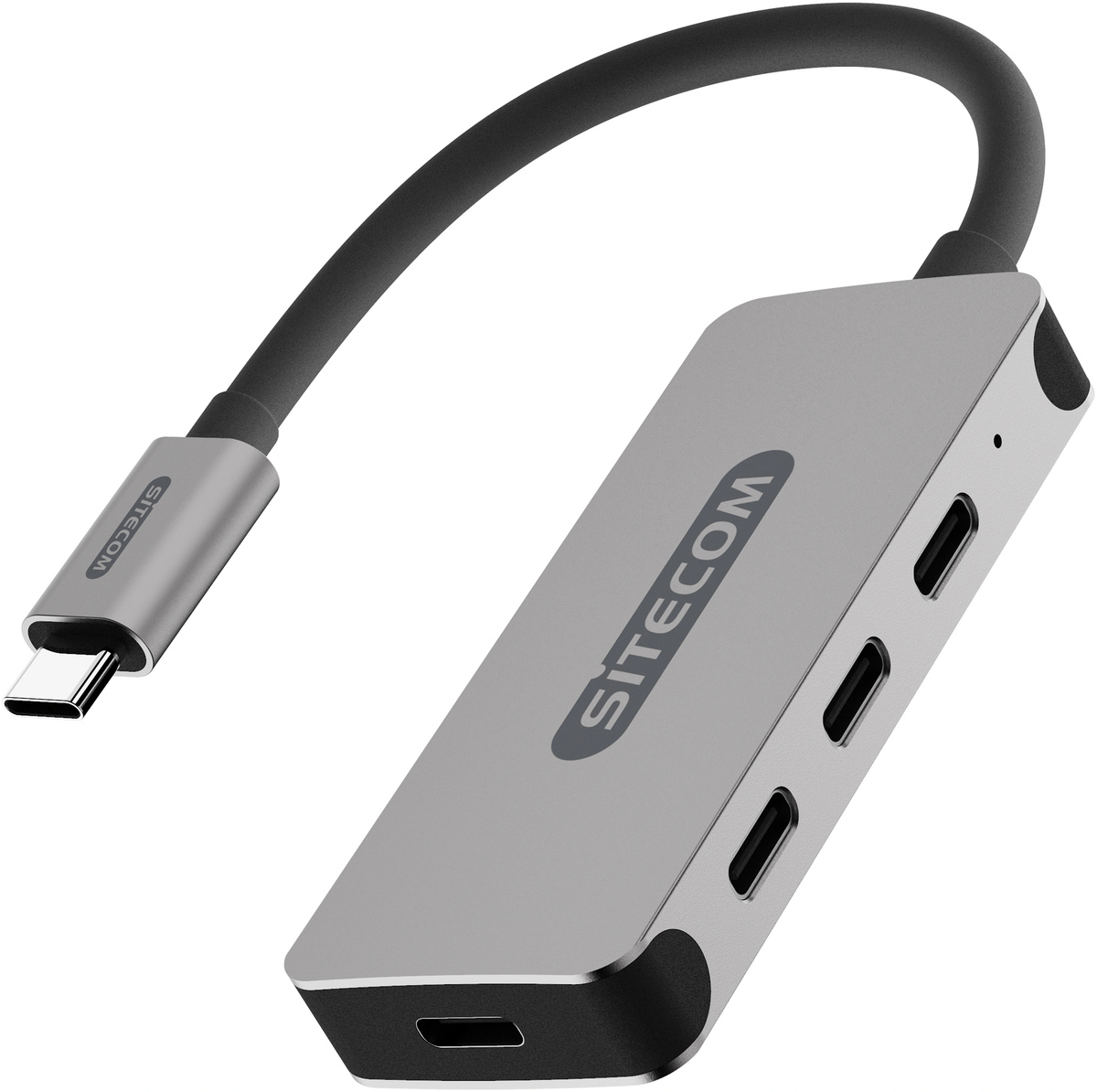
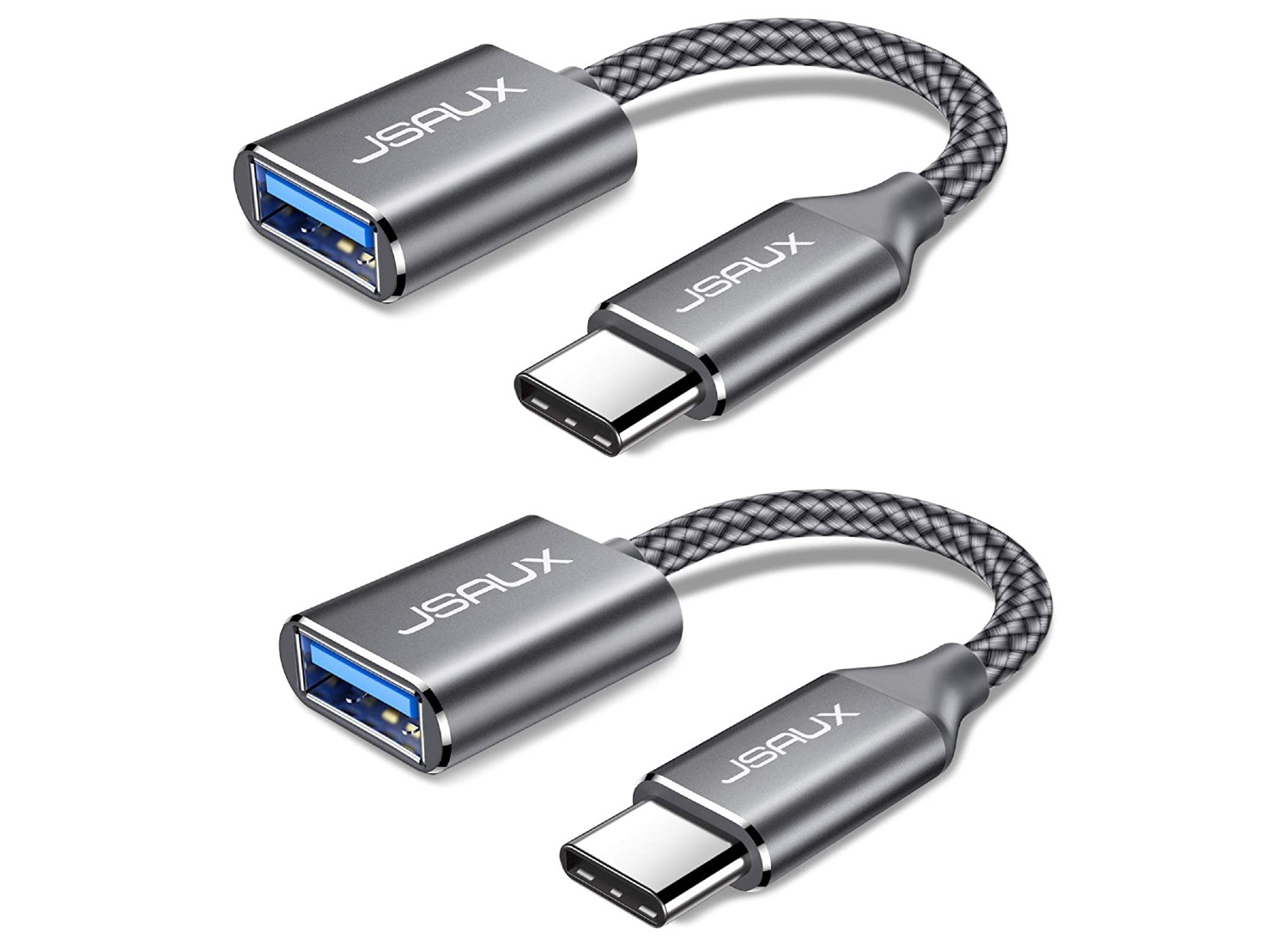
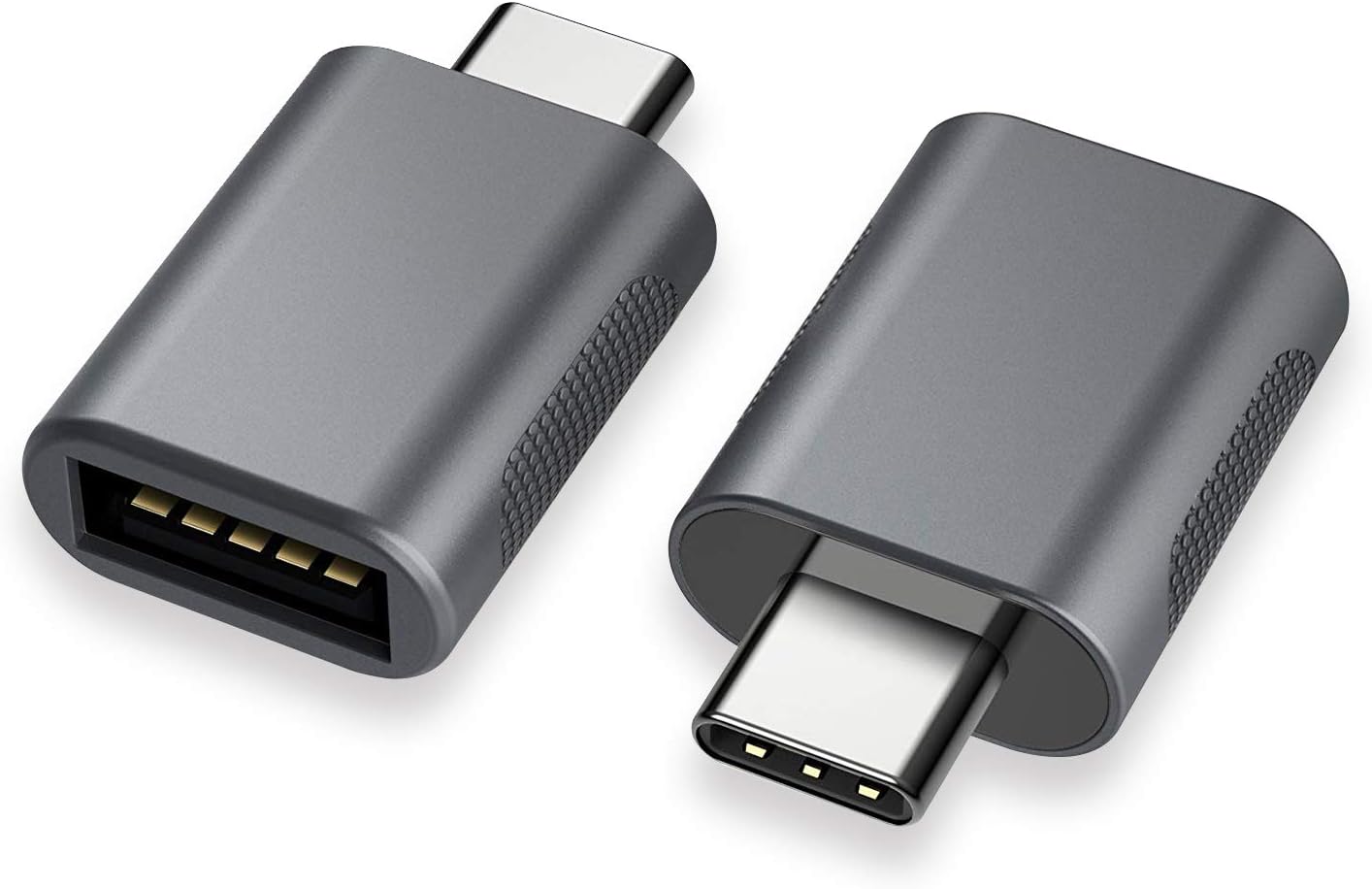
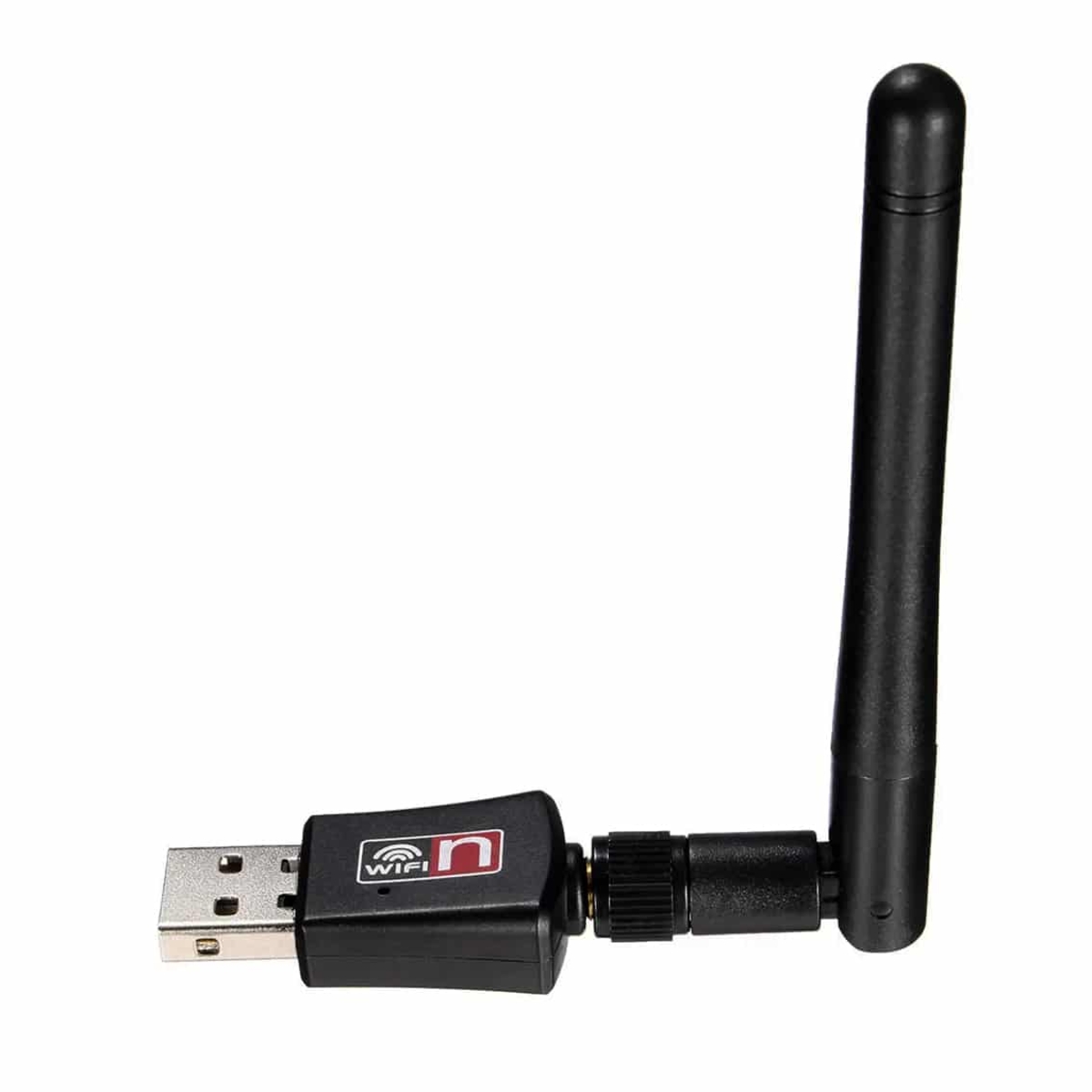
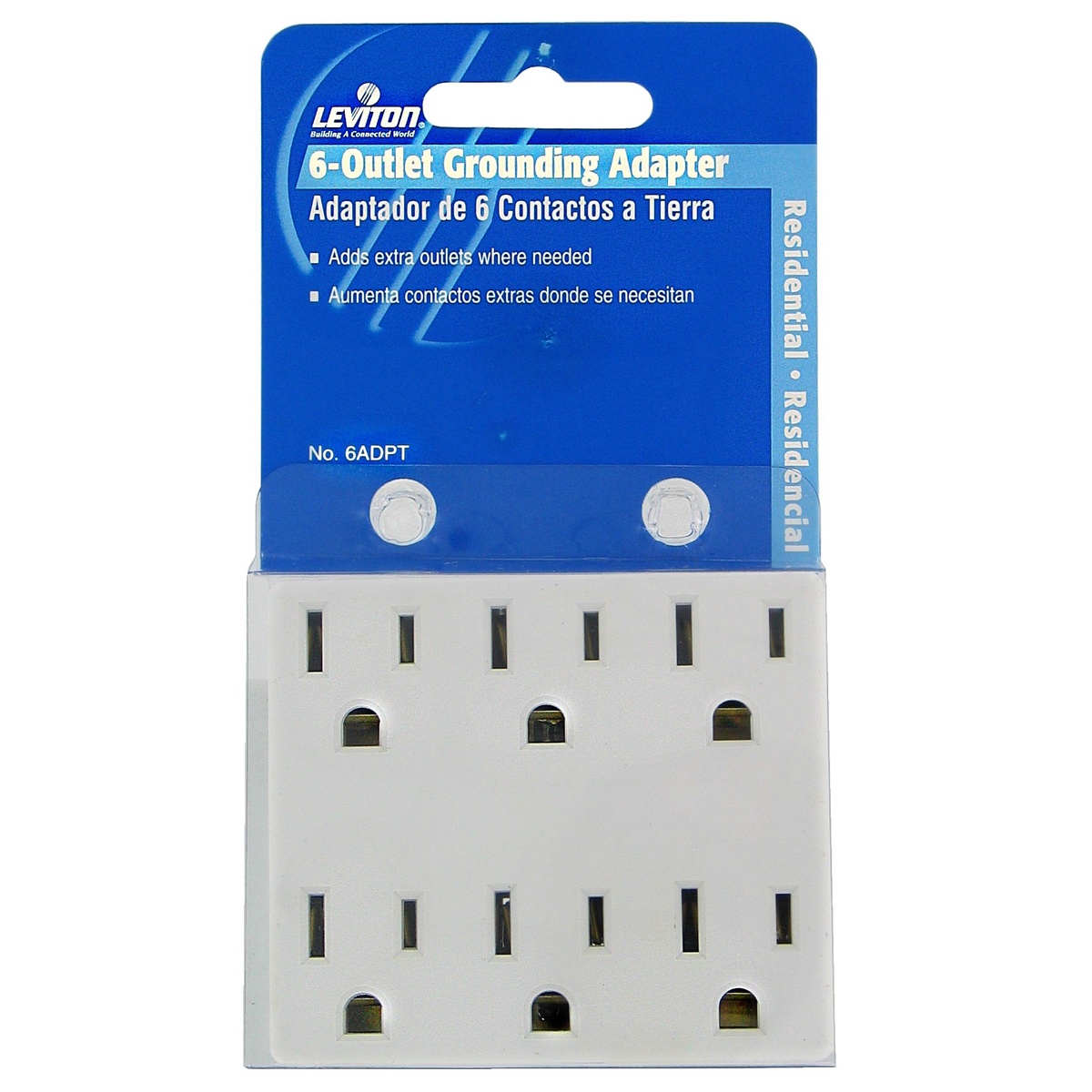
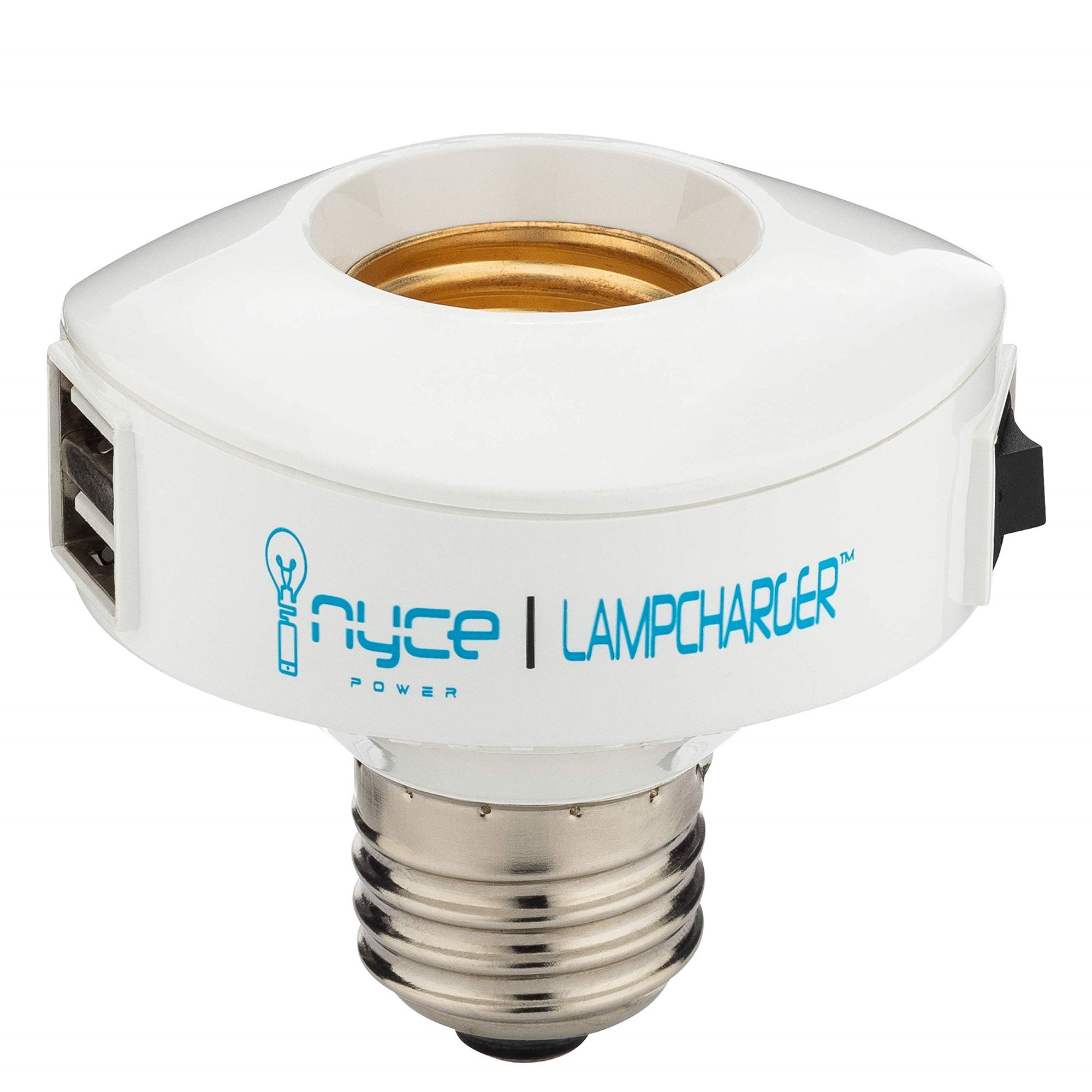
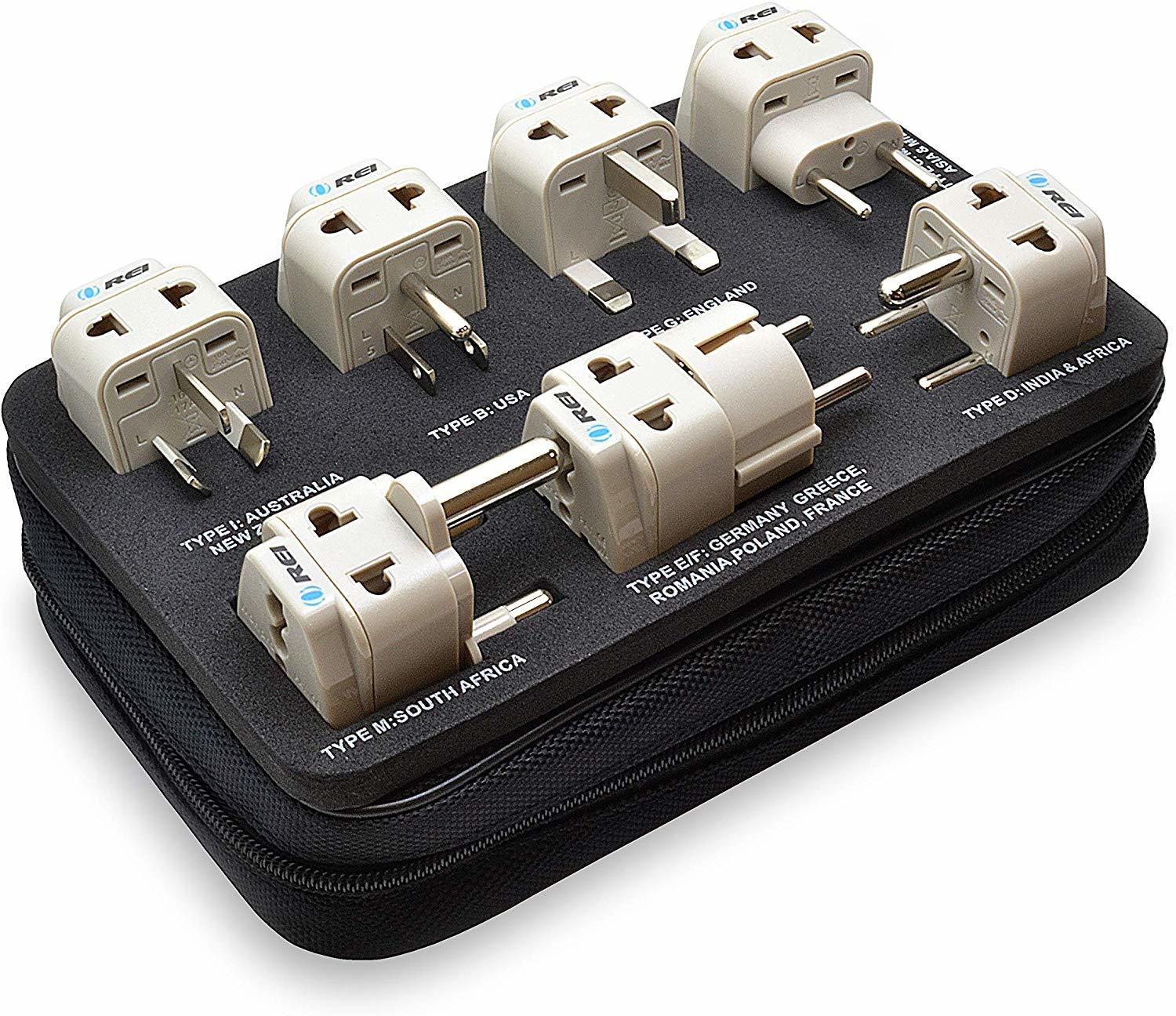
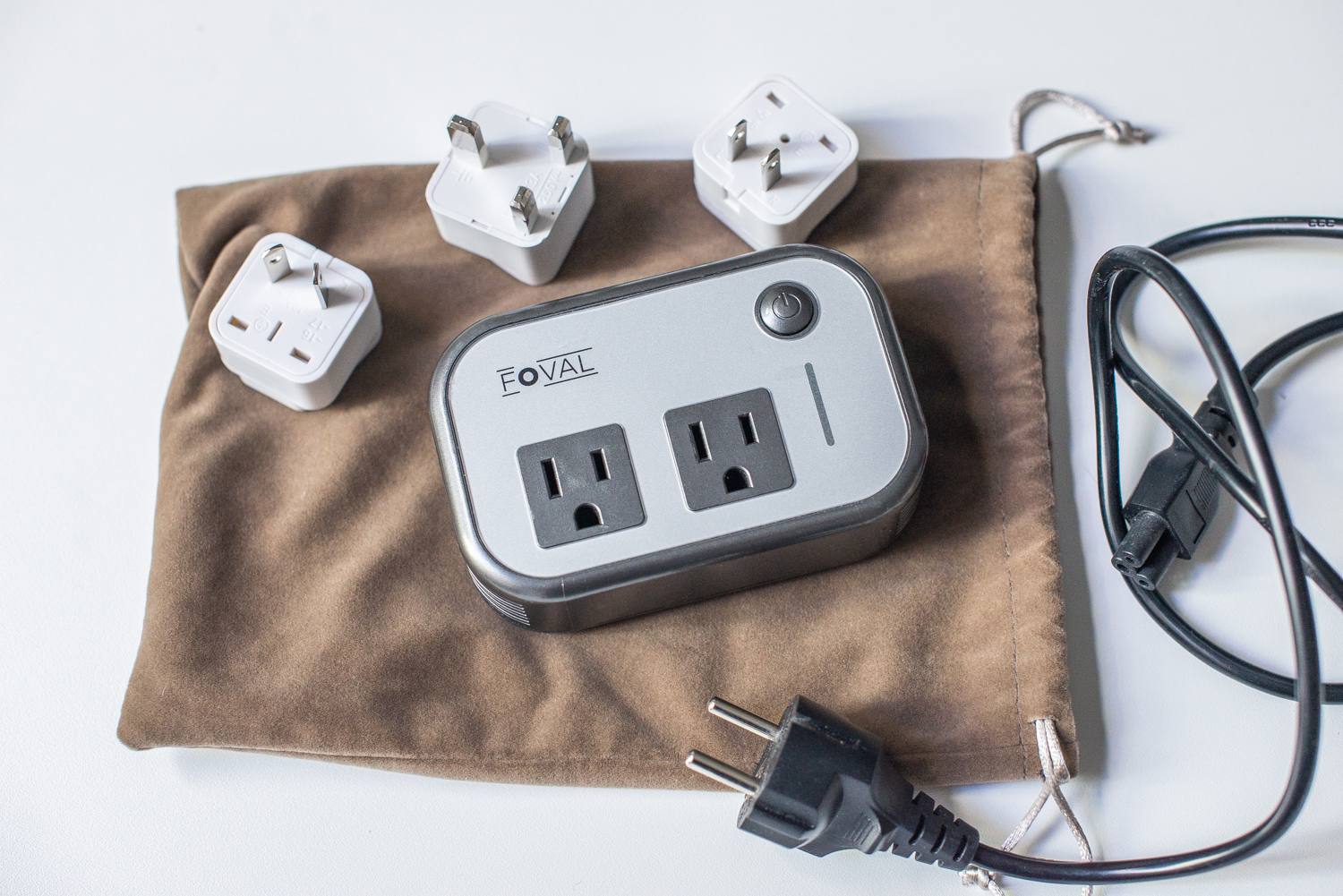
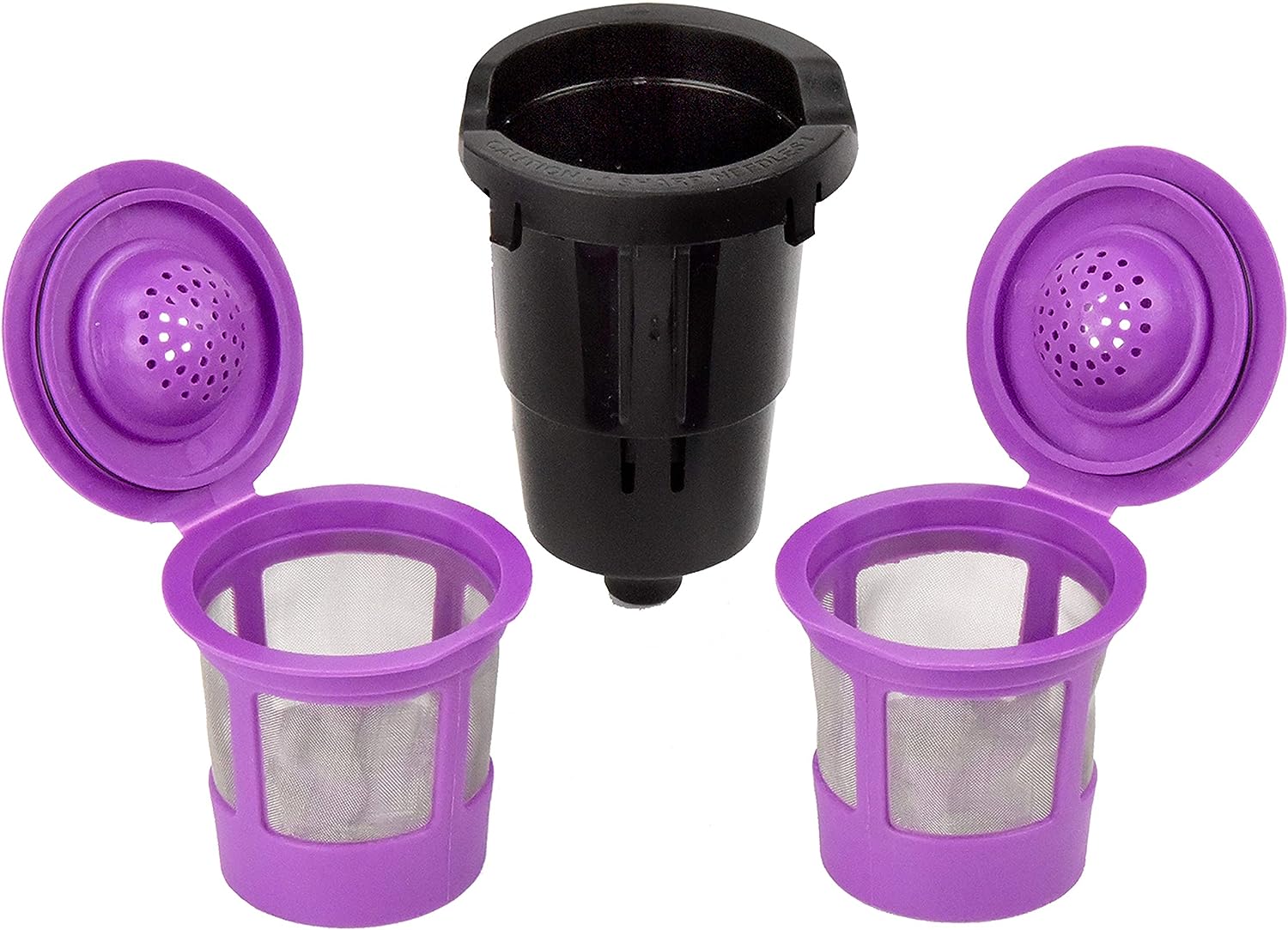
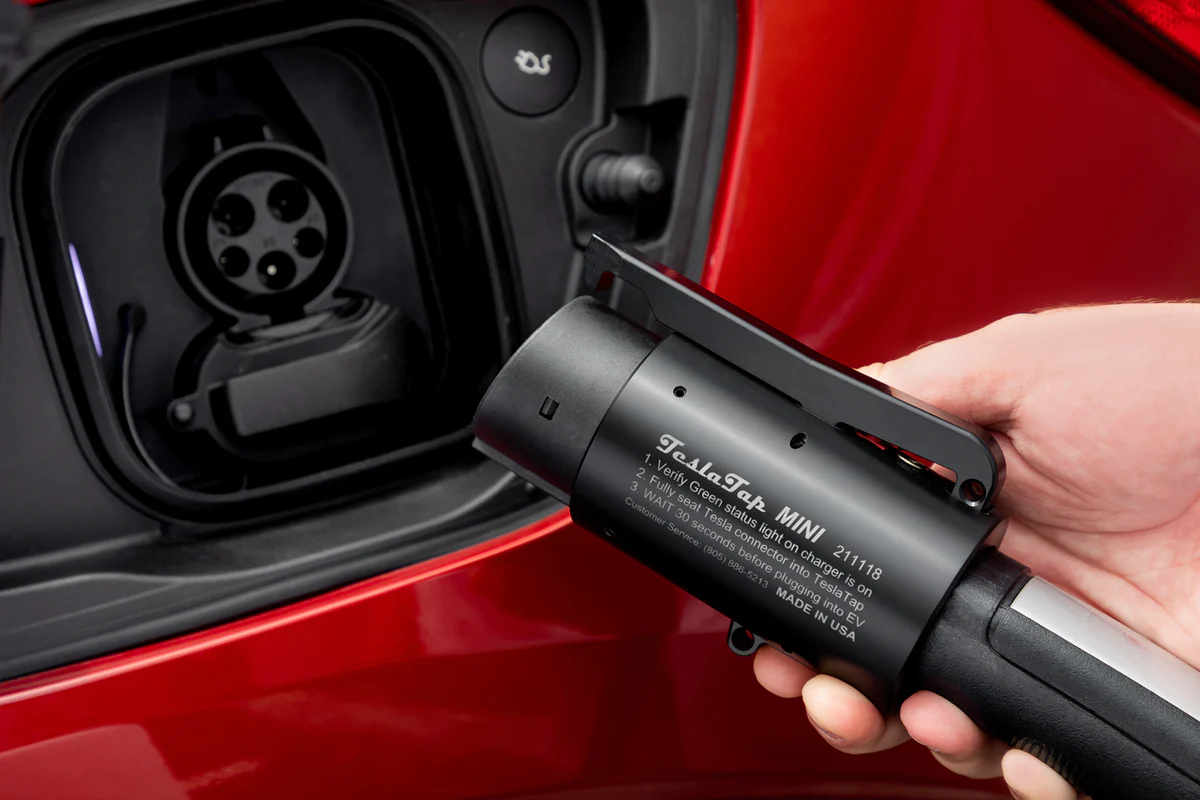
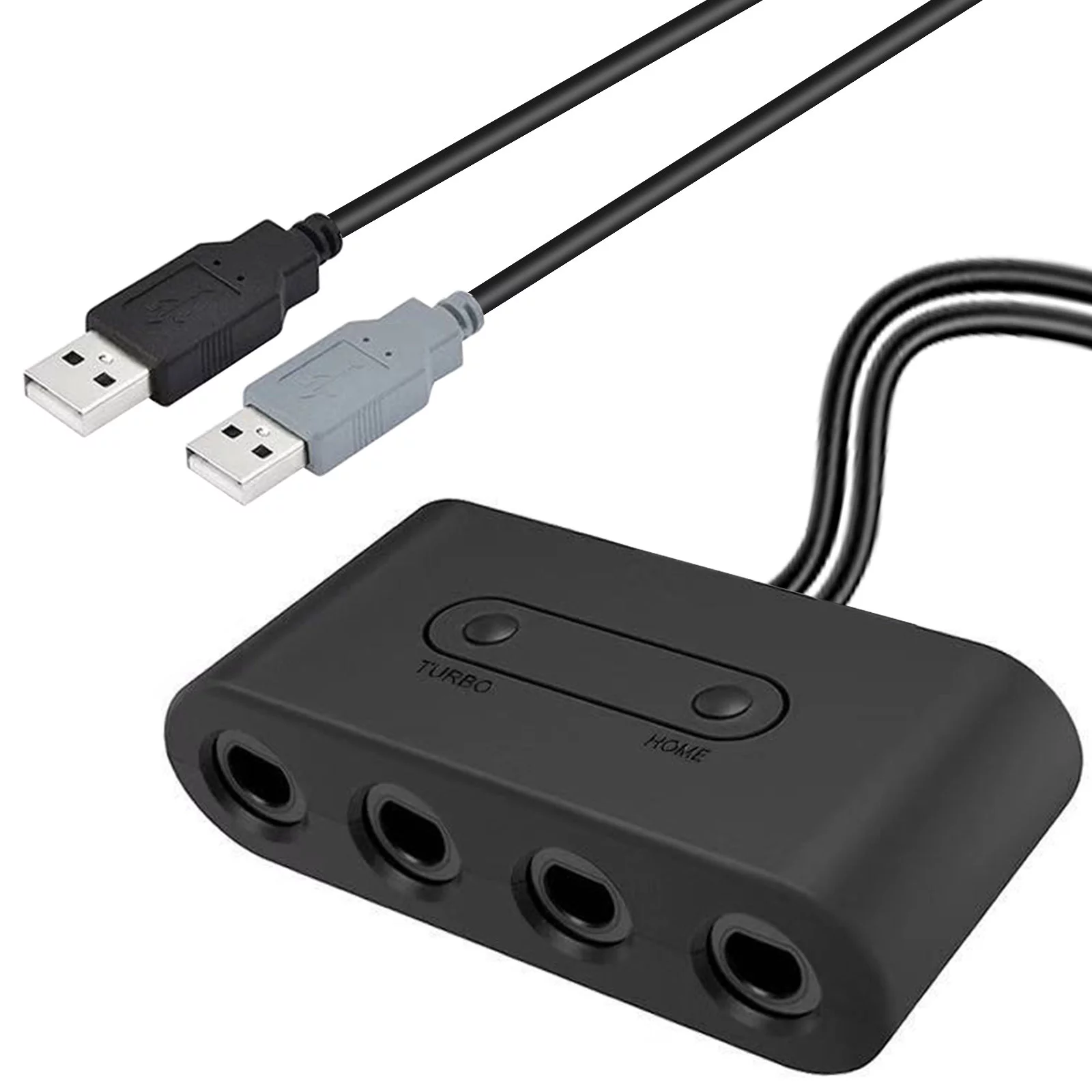
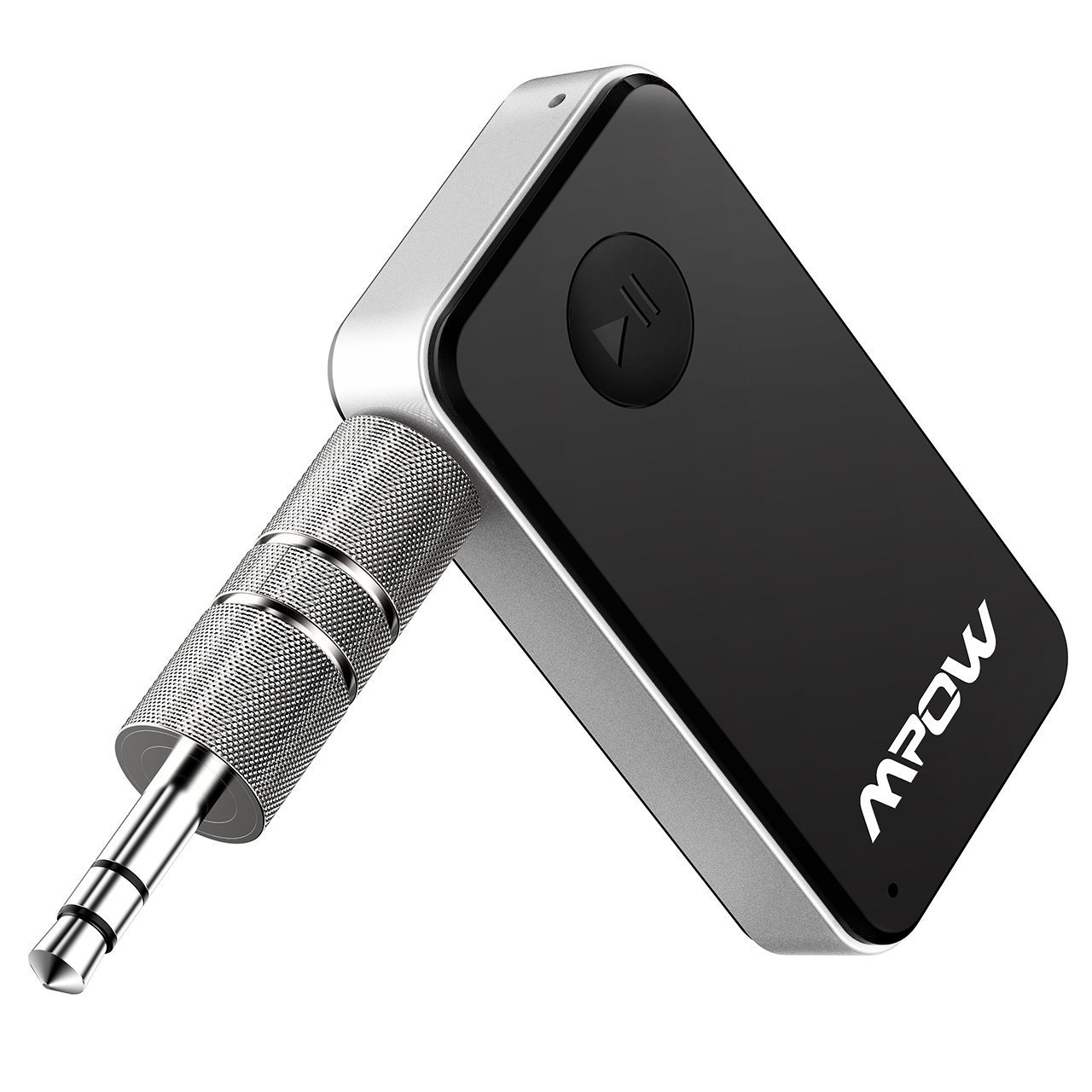
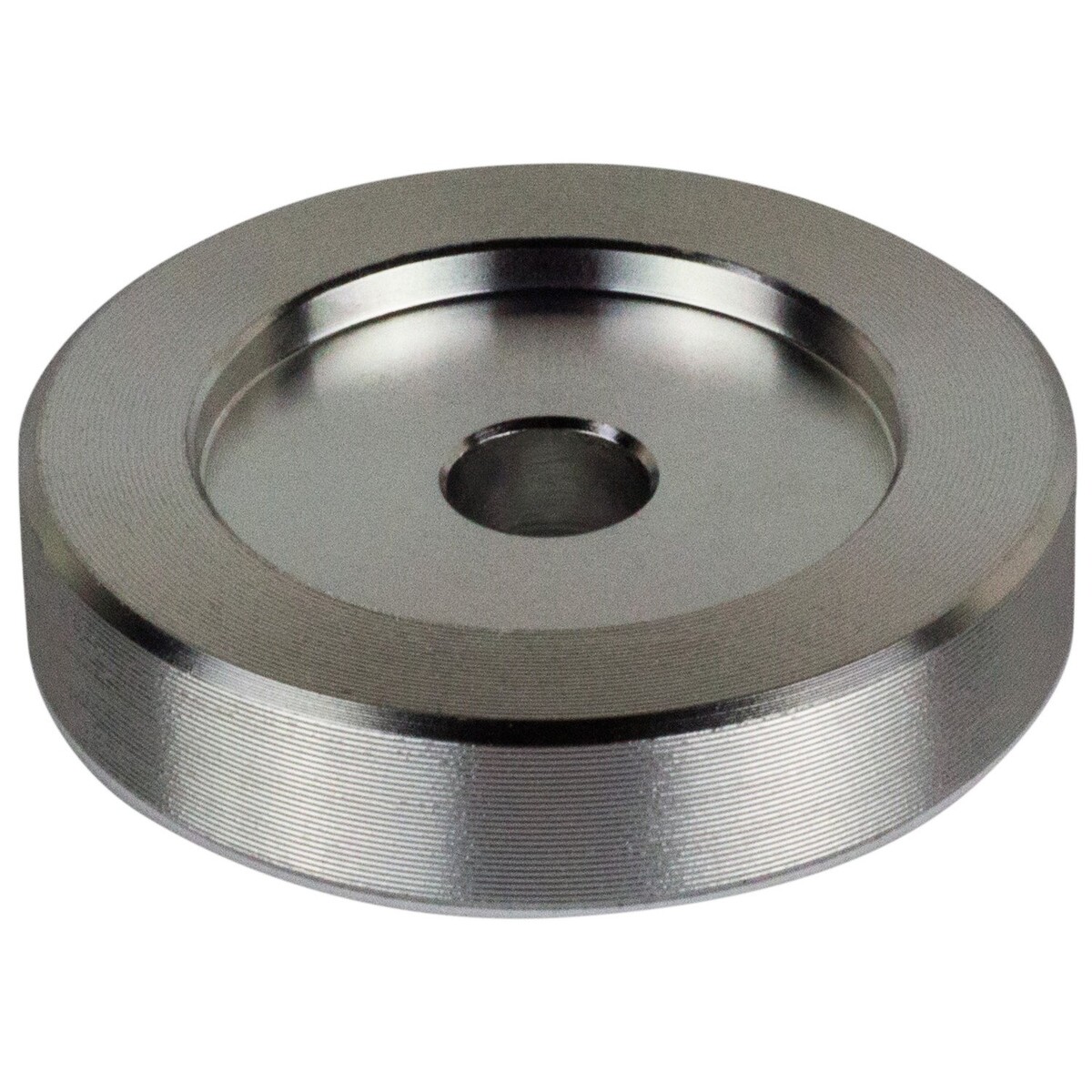
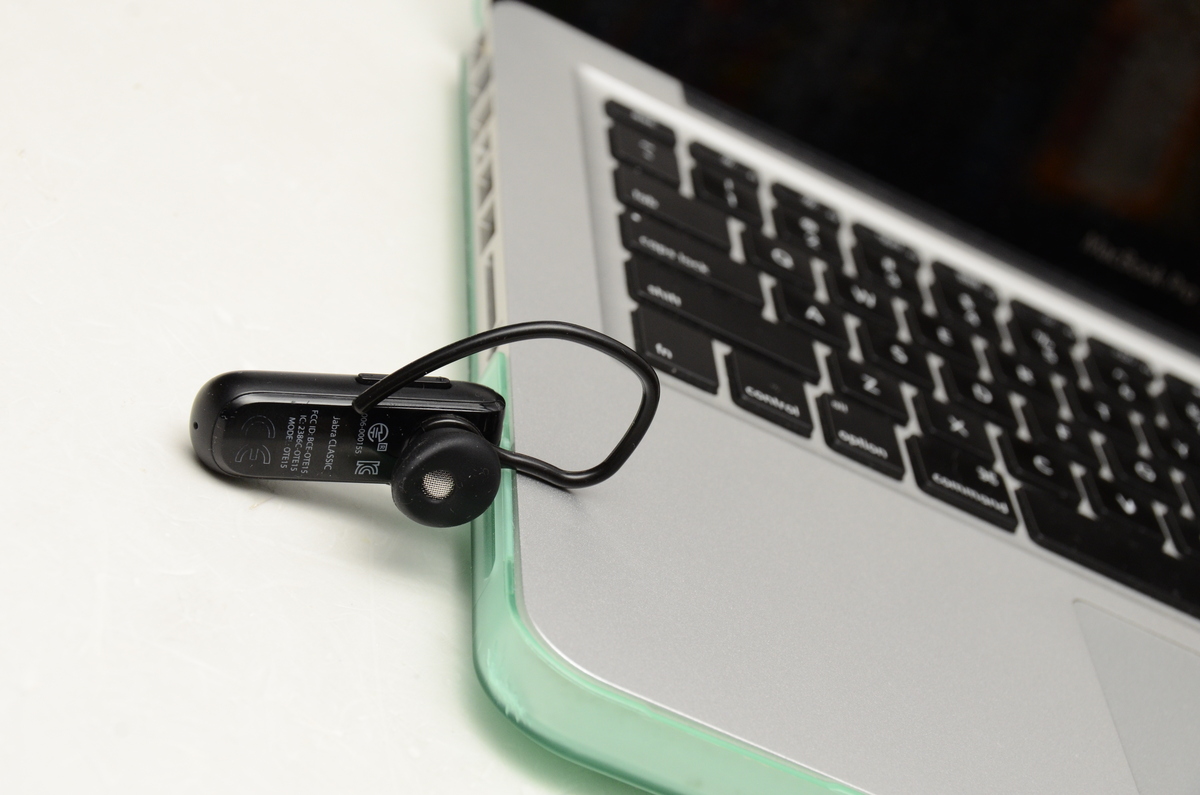

0 thoughts on “How To Use Usb Adapter”